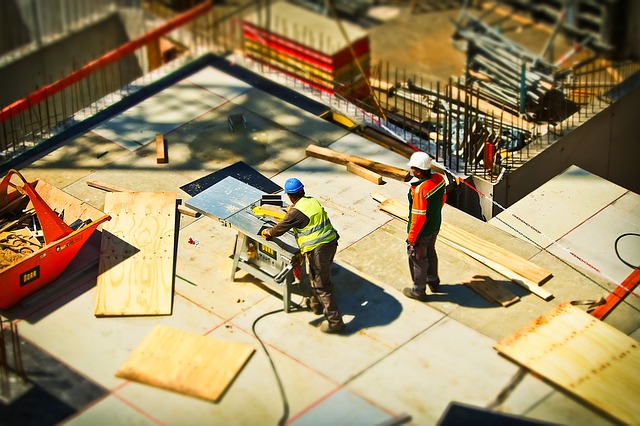– Contributed content –
25 May 2018. Every single business in the world has a list of unique expenses that aren’t often obvious. When it comes to construction, it depends on where you are positioned as to whether your expenses will be high or not. If you’re running a full construction company, then you can expect there to be larger expenses with little room to go wrong. Your particular company is likely not going to be producing materials on site but completing construction projects still costs a lot of money.
The overheads of your construction business can come from manufacturing costs that aren’t usually traceable or massive labour costs. Once you understand exactly what overheads are required, you can account for them appropriately and clear up your budget. Your budget should include everything from insurance to business equipment you need for the biggest projects, as you will need to ensure that you have your own items for those big projects. Budgeting constraints can dictate the size of the job that you can take on in your business, and the expenses below are a typical list of the overheads that you can expect.
Indirect labor costs. Construction businesses often have large overheads, but a big part of this come from the indirect costs of labour in your industry. Wages, benefits and additional insurance costs for employees who are not directly involved with the job, but still get themselves involved in the main project, must be considered. Supervisors and construction management are a key example of these indirect labour costs. You should also consider the company maintenance workers that will move with you from job to job; they’re not the main labourers, but they are involved.
Manufacturing overheads. Usually, jobs that are in manufacturing have costs that vary. When the job size changes, the level of staffing you need, equipment that you need and insurance that you have will incur differing costs. However, there are some costs in manufacturing that are fixed and won’t change whether the job is bigger than another. This can include compaction equipment rental, tool rental, licensing and safety equipment. These costs will change as the projects change. Sometimes the costs are distorted, though. If your insurance is fixed, but one job takes six days and one job takes one day, the insurance for the first job is divided by six, so it looks like it costs less. In reality, the insurance all costs the same.
Material costs. The materials that are used for each project that aren’t able to be traced are known as indirect material costs. This is inclusive of all the smaller pieces, such as nails, welding supplies and lubricants. It’s not cost effective for your business to trace all of these items to individual jobs, especially when items as small as nails are difficult to account for!
Your construction company really should consider the variable business costs. If you haven’t factored these into your budget, you could find yourself on the wrong side of a utility bill that you may not be able to afford.
* * *


 RSS - Posts
RSS - Posts
You must be logged in to post a comment.